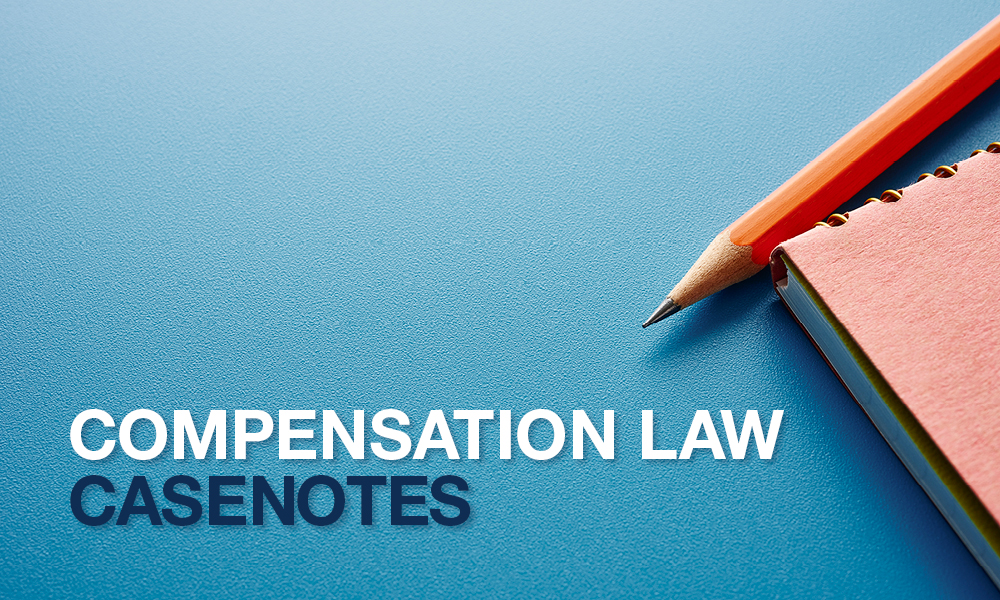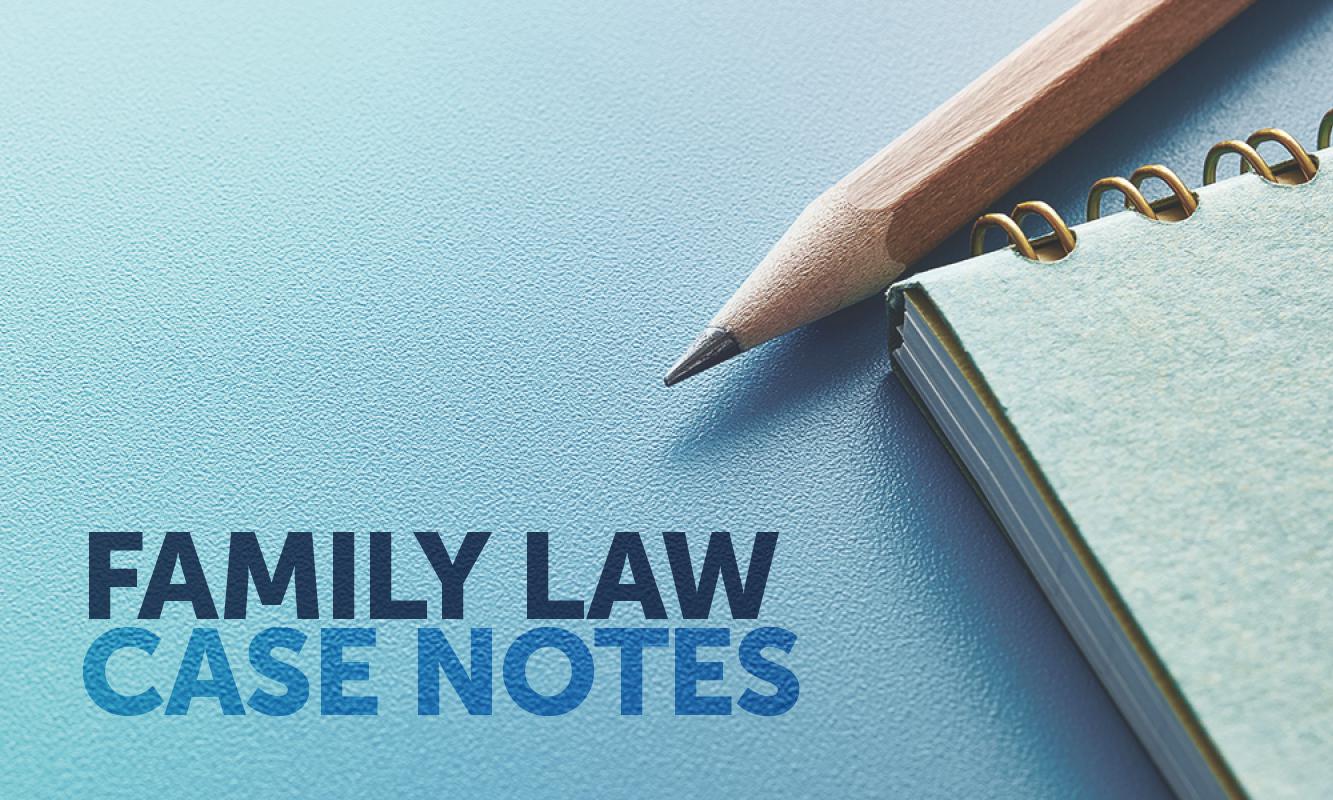…children – evidence – negligence – personal liability – intentional tort – dual vicarious liability – employee vs contractor – exemplary damages
Two young girls attended the Footprints Childcare Centre in NSW between 2008 and 2010 – Footprints was operated by Little Pidgeon Pty Ltd (Little Pidgeon).
There was an allegation that a volunteer who worked at the centre, Mr Bird, had sexually abused the children.
Mr Bird held a 1% share in Little Pidgeon together with a Ms Clancy, who held a 99% share.
The children disclosed the alleged abuse to each of their mothers. The mothers suffered nervous shock. Police investigated and interviewed the accused.
Ultimately the accused’s case was never taken to trial. Subsequently the two children and their mothers sued each Mr Bird, Ms Clancy, and Little Pidgeon for the abuse and negligence.
At trial, each plaintiff was successful against each defendant: Mr Bird by direct assault, Ms Clancy via vicarious liability and negligence, and Little Pidgeon via vicarious liability and negligence. Various heads of damage were awarded, including amounts for exemplary damages.
The defendants appealed on the basis of liability and quantum.
Decision
All appeals were upheld. Two of the plaintiffs’ claims were dismissed entirely, and the other two were remitted for re-trial.
Ratio
The judgment is extremely complex, and involves detailed discussion on NSW complainant child evidence, NSW tendency evidence, and the calculation of heads of damage in NSW. In the author’s view, none of these points are analogous for Queensland practitioners.
Relevant parts of the judgment for Queensland practitioners include:
- Due to their being allegations of sexual abuse, the plaintiffs had to prove their case on the Briginshaw standard – that is, they required cogent or strict proof of the abuse alleged to have occurred. At trial the primary judge thought this requirement was met, based on the accused’s ‘admissions’ in his police interview and other evidence. The Court of Appeal disagreed and said the admissions were not sufficient enough and the other evidence had problems.
- The centre had policies and procedures regarding the supervision of volunteers and mandatory reporting of abuse. The primary judge said that the fact the abuse occurred, based on the accused’s admissions to police, was proof enough the policies weren’t in operation and therefore the centre and Ms Clancy were negligent. The Court of Appeal disagreed, and said this was a logical fallacy. In their opinion the policies were reasonable and therefore the centre and Ms Clancy were not negligent.
- The centre and Ms Clancy were found vicariously liable by the primary judge for Mr Bird’s actions. The Court of Appeal said that, if the allegations were proven at re-trial, only the centre would be found vicariously liable for Mr Bird’s intentional tort, as Mr Bird was found to be an employee of the centre under the Hollins v Vabu test by the primary judge. They said Ms Clancy could not be vicariously liable as dual vicarious liability; that is, liability for owners of corporations did not exist in Australia.
This compensation law casenote appears courtesy of Travis Schultz & Partners (TSP), where the author, James Leggo, is an Associate. As part of the firm’s commitment to providing ongoing legal education, TSP practitioners review relevant judgments and prepare case summaries for the legal profession. A free searchable catalogue of compensation law casenotes is available at schultzlaw.com.au/case-summaries (registration required). The full version of the judgments can be found at austlii.edu.au.













Share this article